Aqara Hub M3 (review)
It’s pretty obvious to anyone who has been following us for a while that we’re fans of Aqara products. That’s not on blind faith, but from years of experience with their products. Today’s device we’re reviewing – the Aqara Hub M3 – was initially in one particular way, a bit of a problem, however. The initial release was a bit of a misstep due to compatibility issues, and whilst the company has gone on to fix some of the points that plagued the launch, up until a day ago (!) I was still experiencing problems, which is a shame, as the device has so much going for it. Read on to understand why I was a little less than enamoured with this product than I expected, until very recently.
PACKAGING
The packaging is the first thing to grab you, with badges for both Thread and Matter, which whilst not a ‘first’ for Aqara (their Contact Sensor P2 has that honour), it’s certainly their first hub to boast such credentials. The back is all about the specs, which are admittedly pretty impressive;
- Wired or wireless connection
- 2.4 & 5.0GHz WiFi a/b/g/n/ac
- Zigbee 3.0
- Bluetooth 5.1
- built-in IR transceiver
- 95dB loudspeaker
- Power over Ethernet
- USB-C power port
As for the features, it’s a Matter controller for the Aqara ecosystem, which means their platform is moving towards being a viable competitor to others. It has a lot of catching up to do if we’re talking more than just with Matter accessories. By that, I mean third-party device is supported, but only for Matter devices.
It’s also a Thread Border Router, which means Matter over Thread devices can work natively in the Aqara app. Note that HomeKit over Thread devices are excluded, so they have to be Matter over Thread.
It also mentions something called ‘Edge’ computing, which offers local encrypted control, with no requirement for cloud connectivity, amongst other things. The M3 can also make automations that were cloud-based on other hubs in your Aqara setup, local.
So, this all sounds great, and it is for existing Aqara users at a minimum; You’re getting a Zigbee 3.0 hub, a Thread Border Router to finally use your Aqara Matter over Thread devices (all two of them…), and an IR blaster that can control your AC, as well as expose it to Apple Home, and a much louder speaker than you get on either the M2 or the M1/M1S.
Even though it’s Matter compatible as a Matter bridge for their Zigbee devices, it can also work with Apple Home, Google Home, and Amazon Alexa using what I describe as the legacy methods. For Apple Home there’s not much difference between adding the M3 using Matter or HomeKit, but for Google and Alexa users, local control instead of a cloud-based approach is the enticement here.
CONTENTS
The contents are minimal, but not unexpected. Aside from the M3, there’s a manual that comes with QR codes for Matter, Apple Home, and Aqara. You’ll initially need the Aqara QR code, but assuming you add it to HomeKit via Matter afterwards via the Aqara app, you won’t need the Matter code. You’ll still need the HomeKit QR code if you go down the HomeKit route, which may be for good reason, for which I’ll go into later.
You get a USB-C to USB-A power cable, but no power brick, which is the standard these days. There’s also no ethernet cable. You do get a mounting bracket, with included screws and rawl plugs though. This allows the M3 to be ceiling or wall mounted if required.
THE HUB M3
Like the M2 before it, the M3 uses the same textured plastic on top that isn’t entirely resistant to fingerprints, but it’s not something you’ll really need to handle often I guess. the edge of the M3 has translucent plastic for the ‘360º’ IR blaster to do its thing. The back of the M3 has a pairing/reset button flanked by Aqara and HomeKit QR codes. There’s no Matter code on the box, but in addition to finding it on the manual, it’s stored in the Aqara app. The underside of the M3 has a rubber base to stop it from sliding around, as well as holes for the aforementioned mounting bracket to click into place.
The underside also features a large cut-out ‘trench’ for allowing the ethernet and USB-C cables to connect. If you have a router or network switch capable of offering Power over Ethernet (PoE), you can dispense with the USB-C cable and simply power the M3 and connect it to your router with the one ethernet cable.
THE M3 IN AQARA HOME
The process of adding the M3 to Aqara Home – which I’d recommend doing first – is pretty straightforward; once it’s powered up, you go into the Aqara app and select ‘Add Accessory’ although it may also pop up on the screen before you even get there. This is in part due to Aqara’s own ‘EasyPair’ setup feature first seen in the Aqara Camera E1. Bluetooth in the hub transmits a signal that the Aqara ecosystem picks up via your phone, allowing you to begin pairing it. Even though it comes with a Matter QR code, you don’t need it, but instead you use the Aqara QR code. The former is used for adding it to other ecosystems, although when adding it to Apple Home (via the Aqara app), for example, you still won’t need to scan that code.
Once added, you can begin the process of adding it to other ecosystems. For Apple Home users, you get two options – add using Apple HomeKit, or add using Matter. Making this choice depends on what you want from the M3, as each option gives something but takes another thing away.
- MatterAdd using Matter allows you to expose the AC control option to Apple Home as a fully fledged AC controller.
- If you have any Aqara lighting products that use Apple’s Adaptive Lighting, you’ll lose this functionality if the lighting is connected to the M3.
- You lose the option to have the M3 act as a security system in Apple Home.
- Apple HomeAdd using HomeKit allows you to expose the security system to Apple Home.
- Lighting products capable of using Adaptive lighting, retain this feature when connected to Apple Home.
- You lose the option to have the M3 act as an AC controller in Apple Home.
So the choice is yours. You could actually add the M3 using both Matter and HomeKit, giving you AC control, the security system, and Adaptive Lighting, but you’ll have two instances of each Zigbee device connected to the M3, which could cause problems, or confusion at the very least.
The M3 offers a lot of features and options you would previously have not seen with their other hubs. For example, there’s a section to describe the function of the M3 as the lead hub in a ‘cluster’. This is in part the way that the M3, which has more onboard memory, can make scenes and automations local, even if they originate on another hub. This also includes devices that are not technically hubs themselves, like the Camera E1, the Presence Sensor FP2, and the Video Doorbell G4.
One thing to note is that whilst the integrated speaker is a lot louder than that of the M2, it still won’t replace a professional alarm siren, but at least for notifications etc, you can actually hear without straining now.
There’s a separate section that allows you to add the M3 to other platforms, check what platforms its connected to, and manage those connections. It lists Apple Home, as I added the M3 to HomeKit using Matter. Apple Keychain stores the basic data for that hub in relation to its Matter connection.
AC control in the Aqara app offers pretty much all the control you need, although it could depend on the capabilities of your AC too as to what options you get. Via Matter the AC control is exposed to HomeKit, although you only get the basic controls – off/heat/cool, and temperature control. In order for you to get more fuller features over the AC, you do need to add an Aqara temperature sensor to the M3, which in turn can be linked to as a climate sensor for the AC control. This then shows you the temperature as part of the AC control in both Apple and Aqara Home. Without it, the temperature will show the default zero degrees. You can’t use a temperature sensor connected to another Aqara hub, even if on the same account and WiFi network.
As the M3 has an IR blaster, it can control other devices besides the AC, although unlike products like the Switchbot Hub 2 (review, video), or the Nature Remo Nano (review, video), which can expose other IR controlled devices to HomeKit, the M3 cannot. This may not be such a big deal for a couple of reasons; The first is that although the two aforementioned products can expose more IR devices, they only appear in HomeKit with basic on/off functionality, much like a smart plug, so for a TV remote, you can only turn it on or off. The other thing is that with Aqara having all the controls for other IR devices in its ecosystem, you can still create scenes to trigger certain aspects of that device, and export those scenes to HomeKit, which may actually be better in a round about way.
The M3 has a plethora of other settings, like custom ringtones, so you can upload your own sounds to the M3, for use in automations, as well as the hub offering four different language options (Chinese, French, Spanish, English).
Possibly the biggest change is that you can now migrate devices and automations on one hub, to an M3. This feature effectively factory resets the M3, moves the data from the old hub to the M3, then factory resets the original hub. This migration assistant only works in the Aqara app, so when it comes to the old hub in Apple home, it’ll still be listed, along with any child devices, it’ll show as offline, so you’ll have to remove this instance of the old hub from HomeKit. This option also means that you’re better off doing the migration from one hub to the M3 before you add any child devices to the M3, or for that matter (no pun intended) add the M3 to Apple Home.
THREAD, MATTER, ZIGBEE, BLUETOOTH – CONFUSED?
It’s already a thing that many are confused about the hub’s capabilities, what the different protocols are for, and what can be added. This wasn’t helped by the fact that Aqara released the M3 with very limited Matter support, which added up to just a handful of brands and devices being compatible at launch. This is not how Matter is supposed to be of course, and to their credit, they did fully unlock this feature, allowing all supported Matter device categories to be used with the M3. They still should have done this before releasing the M3 instead of retroactively responding to customer complaints, but it’s done now.
However, initially, this issue was further impacted by the fact that neither of the company’s own Matter over Thread devices could be added to the M3, which is a pretty bad self-own. Again, this was quickly rectified – partially – but still didn’t allow these devices (contact, and motion sensors) to be used as part of Aqara’s own security system, need I say how bad this looked? So for the third time, there was an update that remedied this final issue. It really shouldn’t have been this way, and somewhat tainted the launch in many peoples’ eyes.
So, aside from the missteps mentioned, what are all these protocols supposed to be for? Well, The M3 is many things, and in some way’s these roles are equals. First off, this is a Zigbee hub, just like the M2, so you can add Aqara Zigbee devices to it. It can then be exposed as a standard Zigbee hub to Apple Home using either the Matter or HomeKit QR codes. However, it’s also a Matter bridge, which is much the same thing; the difference is that it exposes those child devices to the four main platforms using Matter. This is different to HomeKit for the previously mentioned reasons, and when it comes to the other platforms, adding the hub via Matter circumvents the need for a cloud connection, which Google and Amazon have relied on – they basically connect to your account on the Aqara server, allowing that server to communicate your instructions to Amazon or Google’s own servers. Matter does away with this, and allows communication between the Aqara M3 (or other Matter enabled Aqara bridges) and your smart home platform, without the need to connect to your account in the cloud.
So, it’s a Zigbee hub/bridge/gateway, and it’s a Matter hub/bridge/gateway for Zigbee devices…
It’s also a Matter Controller. This means it acts as a central organising piece of kit that allows your Aqara smart home devices to run locally and effectively within the Aqara ecosystem. For example, the Apple TV, HomePod, and HomePod Mini are all Matter Controllers too, doing the same thing in Apple Home. Basically speaking, each platform requires its own Matter Controller, and the M3 is such a device for Aqara’s smart platform. Google’s Nest hubs, and Amazon’s own range of displays and speakers are all Matter Controllers for their respective ecosystems too.
Thread – yes, it’s a Thread device, but not like a Thread motion sensor, no. This is a Thread Border Router (TBR). This allows Aqara and third-party Matter over Thread devices to connect to the Aqara ecosystem. If it didn’t have the TBR inside, it could still act as a Matter Controller, but only for devices that connect through a Matter Bridge (like the Philips Hue Bridge, for example) or with Matter over WiFi devices. The older Apple TVs, and the original HomePod are such devices – Matter Controllers but without a TBR inside.
Bluetooth – This is included in part due to the way Matter works when a device is ready for adding to a Matter ecosystem. Bluetooth is the initial connection between the device, your phone, and the Matter ecosystem in question. Although it’s unlikely it’s used for much else, it could be used for some Aqara locks that use Bluetooth, but it’s not clear if that’s an option.
THIRD PARTY DEVICES
I already had an M3 from China back in January, and once the international version of the M3 arrived from Aqara for review, things had moved on. By that, I mean that I was now able to add the Hue Bridge to the Aqara ecosystem. How, you might ask. The Hue Bridge can now be added to Matter ecosystems by simply going into the Hue app, and generating a Matter code. You then add the bridge to Aqara’s own newly Matter-enabled ecosystem using that code and the Bridge and all its child devices are exposed to the Aqara ecosystem.
As you can see from the screenshots above, I’ve added a Hue Bridge to Aqara Home using this method. the Matter icon appears in the corner of the icon to show that it’s added using Matter. Due to the Hue Matter update, some other third-party Zigbee devices that could be added to the Hue Bridge, but not show up in Apple Home, can now be exposed to Apple Home because of this. The same is true for the Aqara ecosystem, which in my case shows a standard colour Hue bulb (LCT016) alongside a Tradfri bulb added to the Hue Bridge. This is an instance of Matter over Bridge, which is less talked about than Matter over WiFi or Matter over Thread, but is equally useful.
As it stands now, pretty much all Matter devices should be able to be added to the Aqara app if you have the M3. There’s a caveat here in that Aqara themselves have said many devices from third parties haven’t been tested, so there’s the possibility some won’t work as intended or even fail to add, so you’ll just have to try and see what happens.
The one question some people might ask is why would one want to expose devices to Aqara via Matter, if they already work with HomeKit. For me, the simple answer lies in Aqara’s automation options. In many ways, they’re so much better than what other platforms offer, but if you want specifics, it’s the way in which Aqara allows a lights to be turned on or off, with one automation. If that doesn’t make sense, in Apple Home for example, if you have a smart button controlling a smart bulb, you can set the button to turn the light on with a single press, but you don’t have an option for the bulb to be set at the opposite state to its present one. In essence, I want to be able to single press a button, and turn the bulb on or off with that single press, depending on the on/off state of the bulb. Yes, it’s possible by converting an automation to a Shortcut in the Apple Home app, but you shouldn’t have to make a convoluted IF/THEN automation when Aqara do it quite easily. Their app has an option that allows you to set a light to “on/off”, so you can rely on a single press on a smart button to to act just like a normal switch. This something I’ve longed for in Apple Home, but I just can see it ever happening. Now, as I have a collection of Hue bulbs and wireless buttons from Aqara, with the Hue Bridge in Aqara Home, I can achieve this. But I can also have those bulbs remain in Apple Home for other purposes, so it’s a win-win.
WHAT’S WRONG WITH IT?
When I originally set up my Chinese M3 back in late January, soon after, I noticed that some of my Thread devices became very sluggish to respond, and at different times went offline for a while, before coming back. This at first seemed to be limited to HomeKit over Thread devices, but then it started to manifest itself with Matter over Thread devices too. The products that showed these kinds of odd behaviour were some of my Nanoleaf bulbs, Eve Energy smart plug, Wemo smart plug, and Wemo Stage Scene Controller. These are all HomeKit over Thread. Additionally, the Matter over Thread devices that acted up, were the Tuo Smart Button, and SmartWings Roller Blinds. After this began to get tedious, I assumed there was an issue with the Chinese model I had, and removed it, boxing it up for another day. Soon after I did so, everything behaved like it had before, with snappy response times, and no offline devices.
When the international model arrived, I set it up, and yet again the same issues came to the fore, with the same set of devices, so I now could see this wasn’t a fluke. I once again removed the newer M3, and as before, things became stable again. I have spoken to Aqara about this, and the majority of their beta testers hadn’t experienced any of these problems. That said, I’ve been contacted by maybe 5 or 6 people that have had the same issues, so it’s clearly not totally isolated.
just until a day ago, I was considering removing the M3 again and just making do with what I have for the sake of my sanity, however I seemed to have stumbled upon a fix of sorts. at first, my M3 was wired to an network switch that was connected to the router, which is when all the issues surfaced. I didn’t have any free ports on the router itself, but I did have an ethernet access point in another room, so connecting the M3 to this AP was essentially the same as connecting it directly to the router (as far as I can see). After testing this method out for a day, none of the sluggish response times and offline issues plaguing my Thread devices have returned, so I believe the M3 being connected to a network switch was the problem here, even if that shouldn’t be the case. Either way, I’m sticking with the M3 set up this way now, and will monitor the situation further. With this frustration seemingly solved now, I can say the M3 is actually a very good product in many ways, and possibly their most forward thinking product to date. I hope at some point they find a solution so I can connect the M3 in a manner of my choosing, but for now I’ll just make do with what I have.
Wrapping things up, there’s a lot to like, and considering the issues I mention with the lack of Matter support are largely taken care of, and assuming most people won’t be experiencing the issues I had with a problematic Thread network, then I do think this is a worthy purchase. At the very least, you’re buying into a device that expands the Aqara app to include more third-party devices, adds AC control, has a louder speaker, and unlike the M2, offers 5.0GHz WiFi and PoE. If that’s enough to sway you, then go for it.


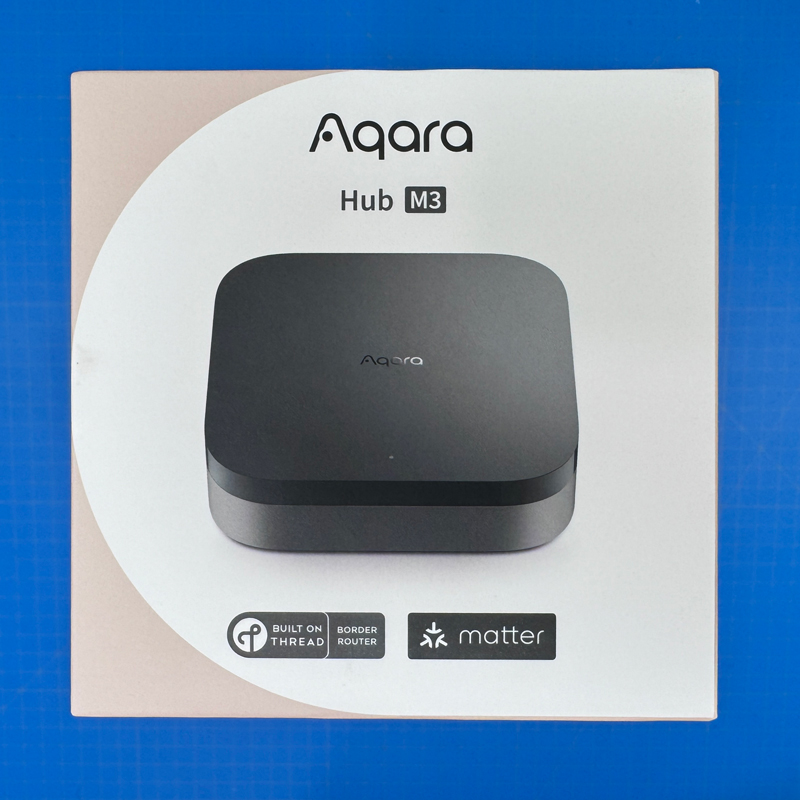
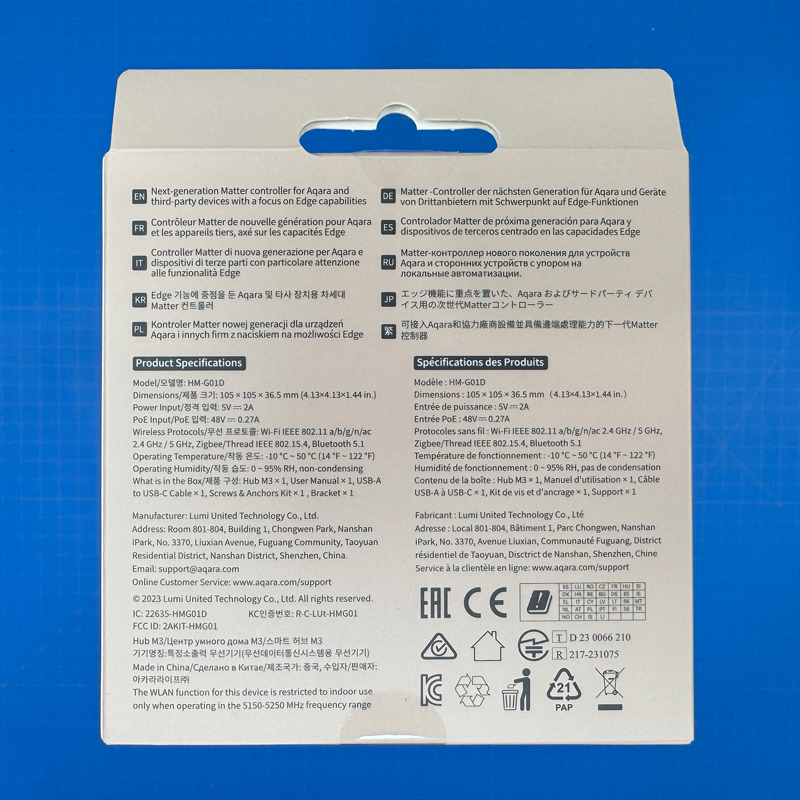

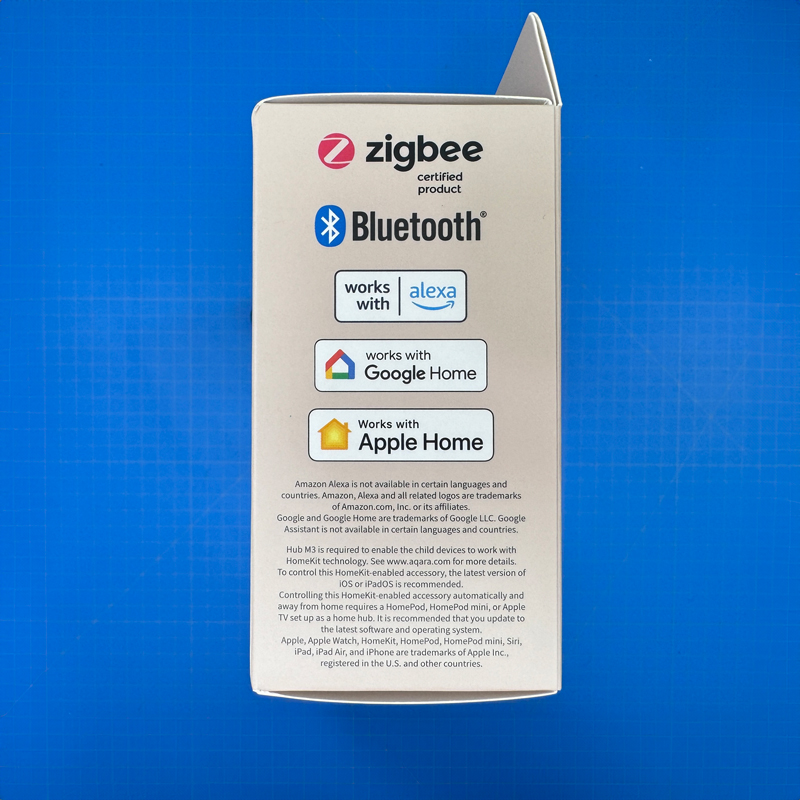

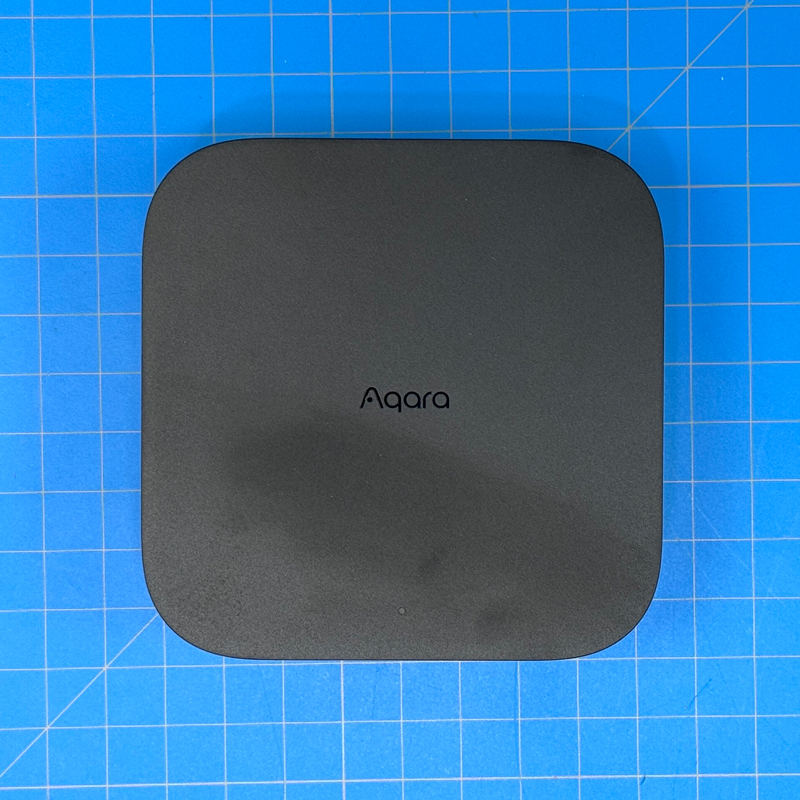

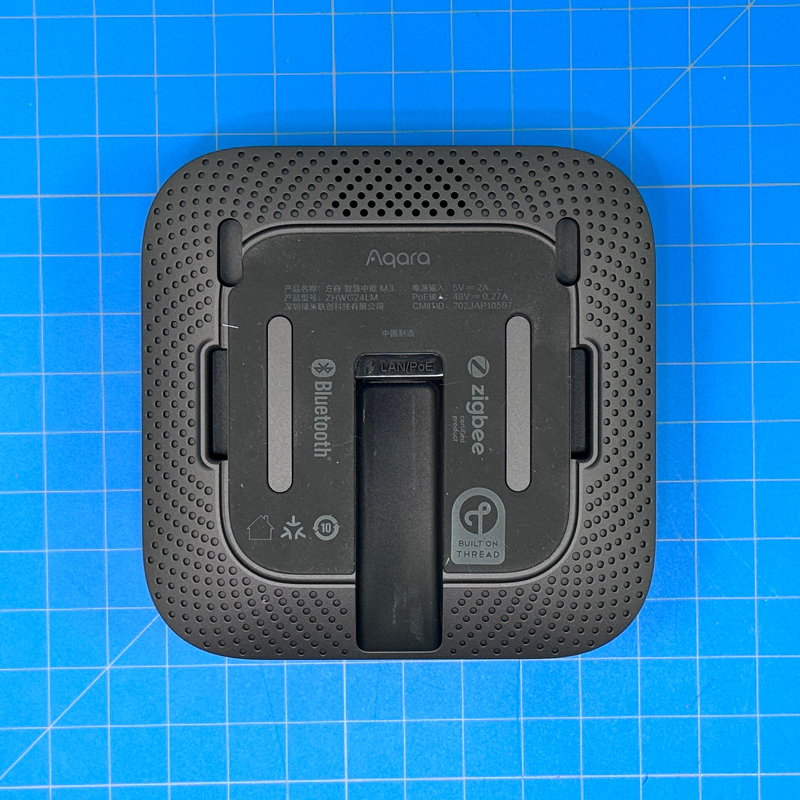
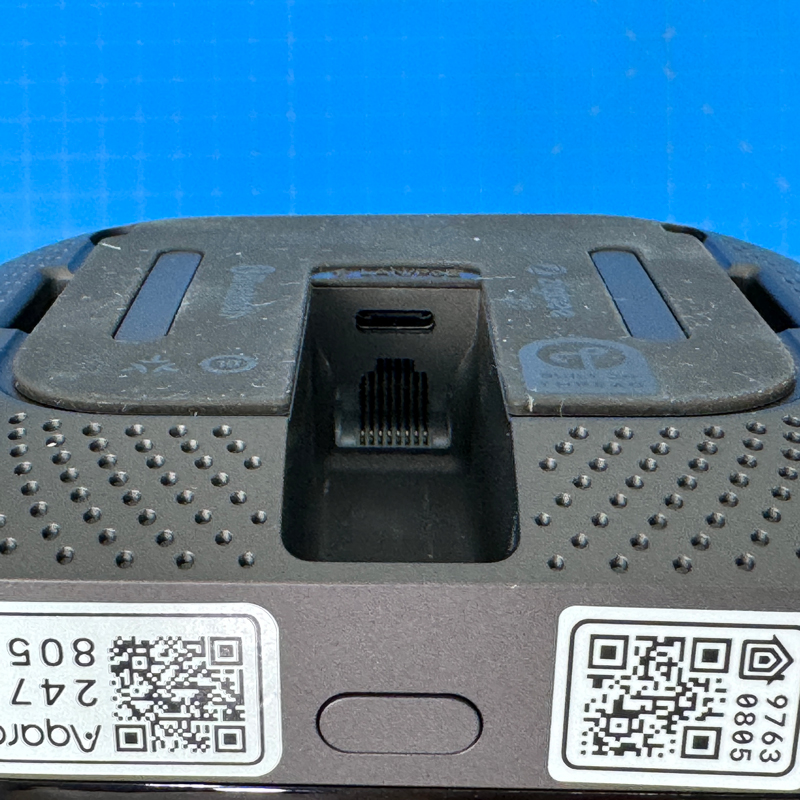
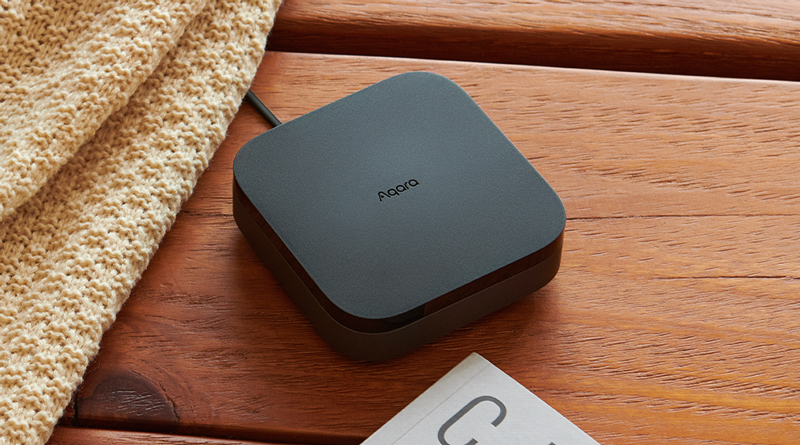


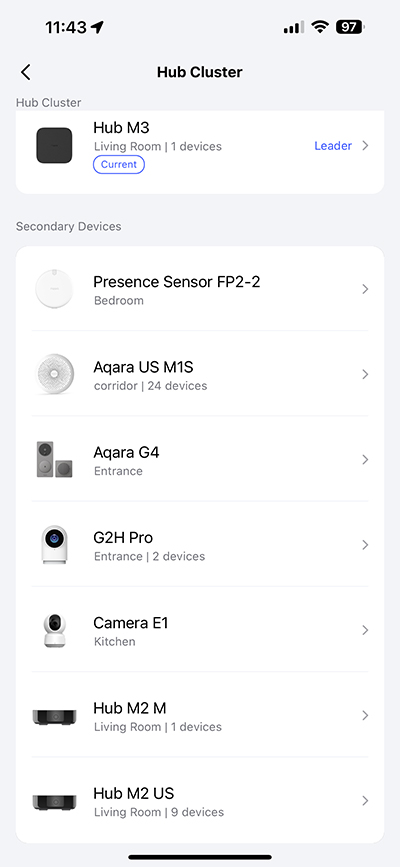
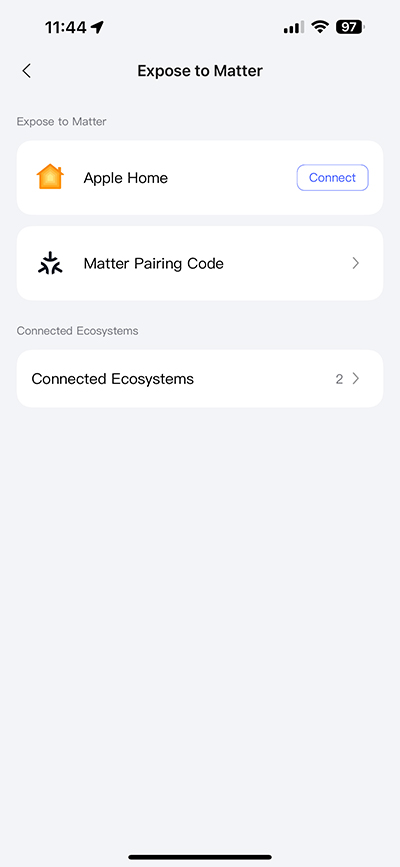
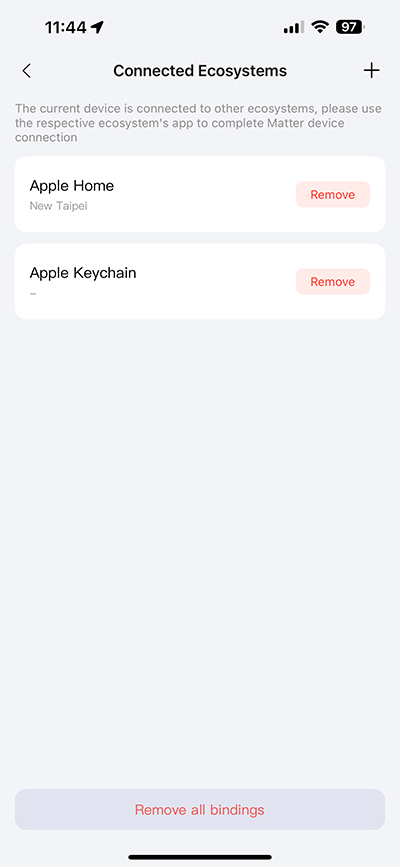
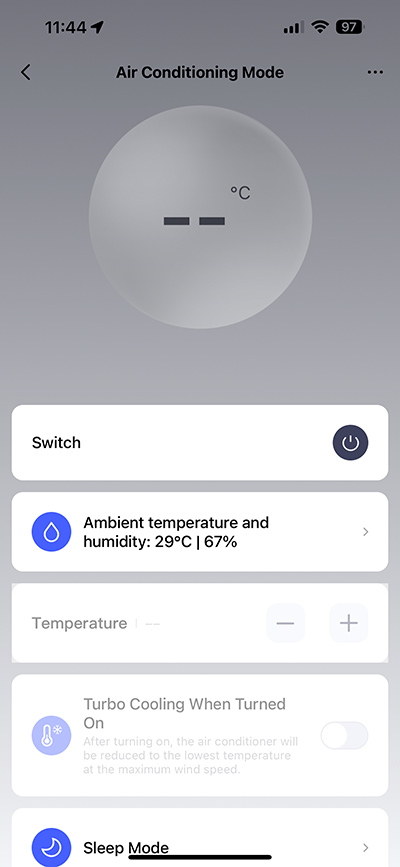
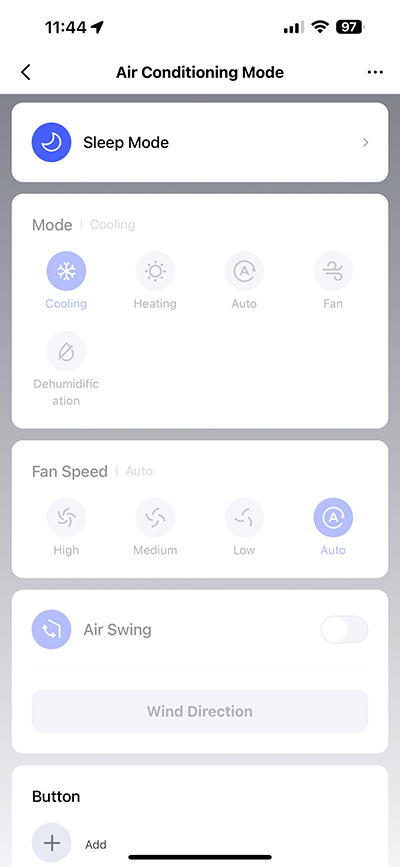
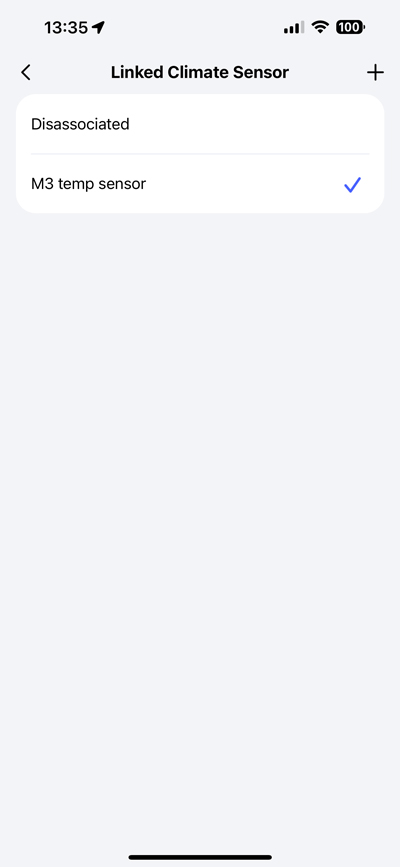
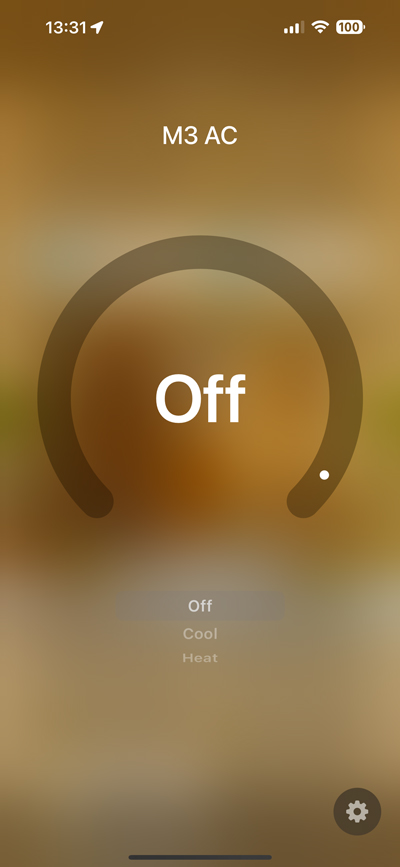
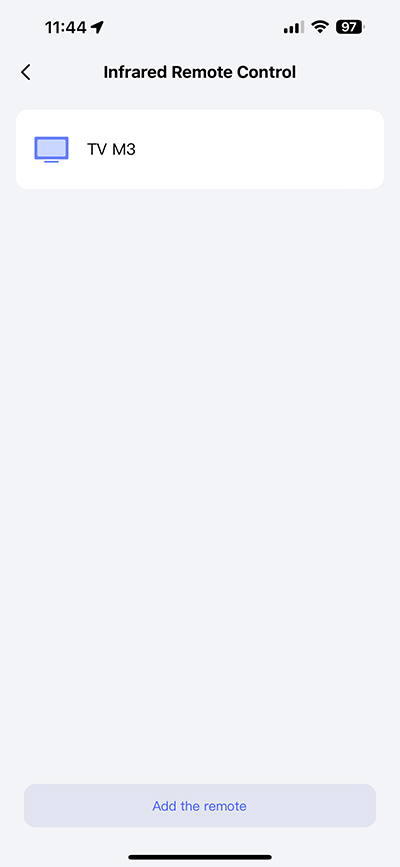
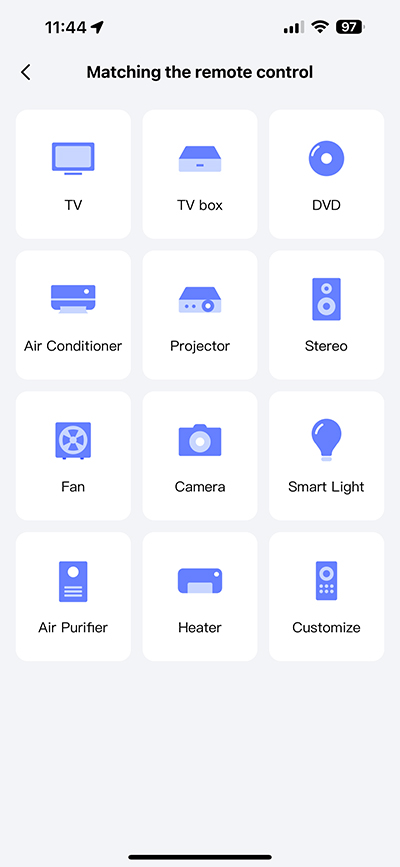
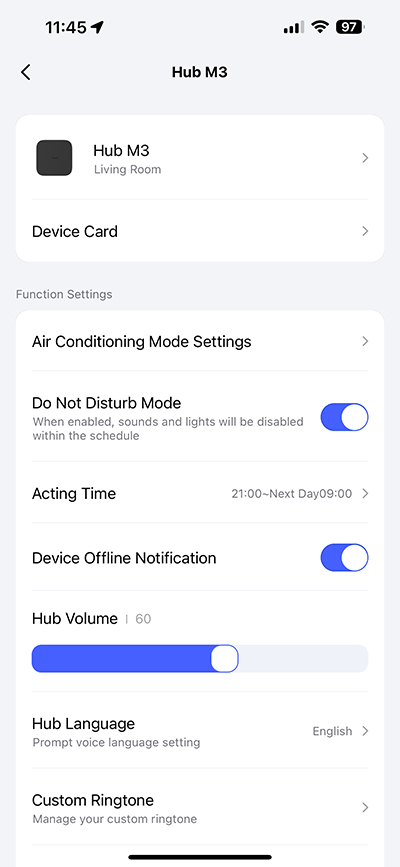

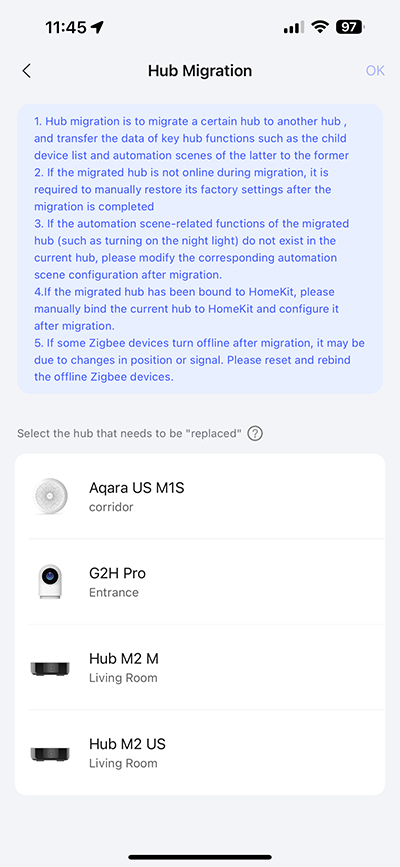

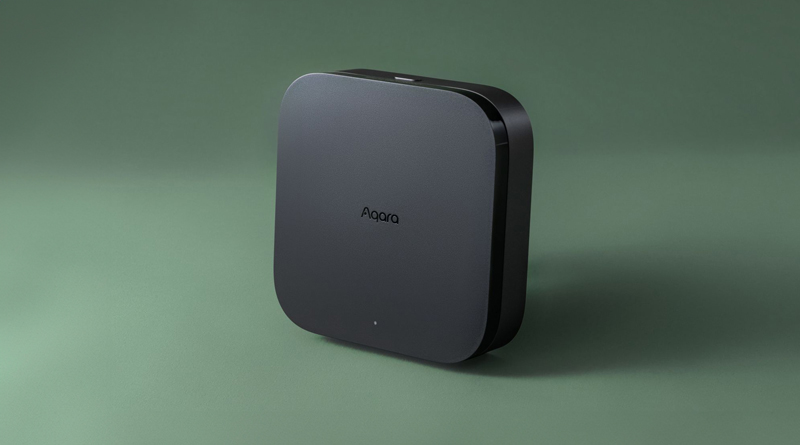
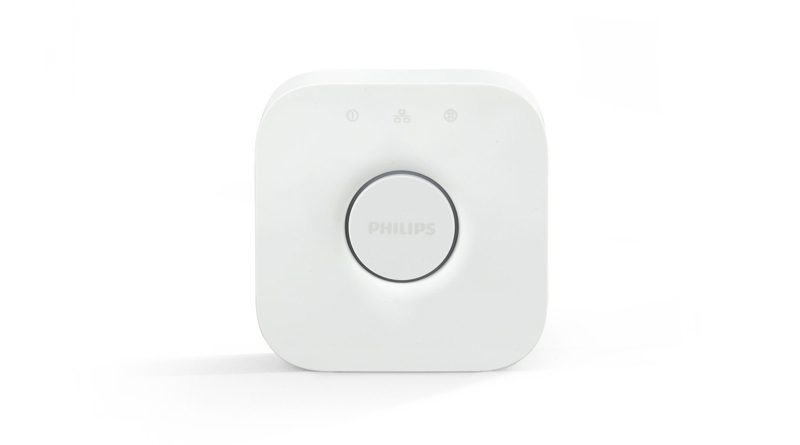

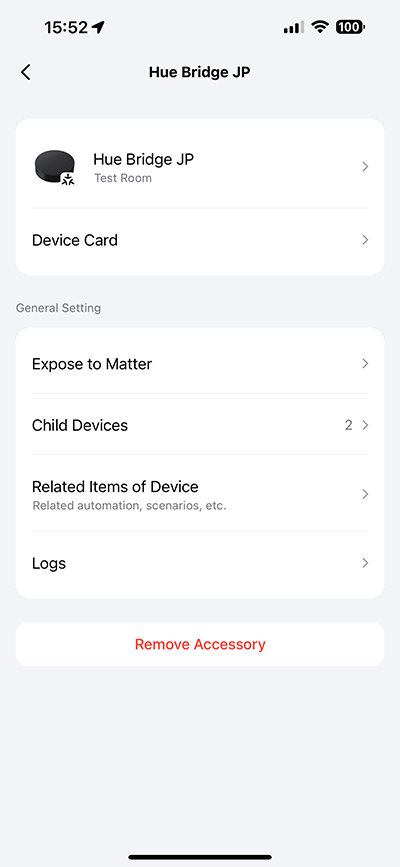
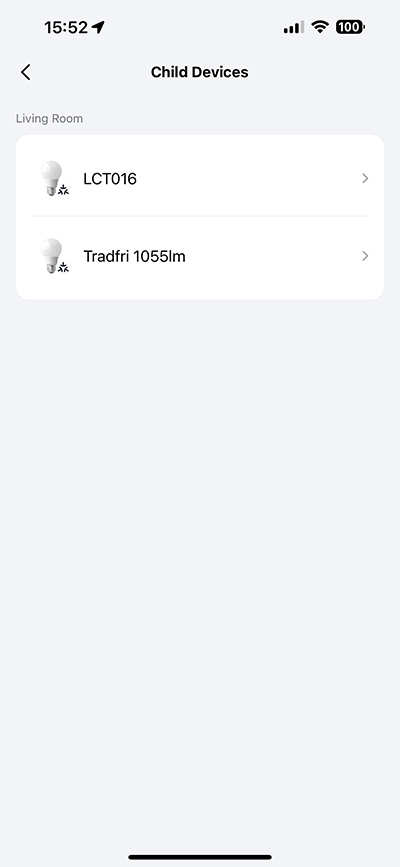


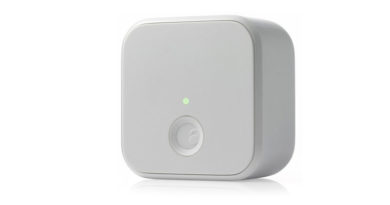
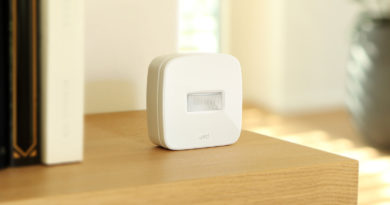

They left it up to companies on how to share credentials for joining a thread network. What happens is if you join a device to multiple thread order routers you end up with multiple thread networks This removes the promise of extended range and failiver with one unified thread network. As you can imagine, Google, Amazon, Apple and Samsung are working closely to resolve this issue (intentional sarcasm, nobody is doing anything about it). It causes issues because now one device is on several thread networks at once.
Thanks for the info. Both of the M3s I tested were added to the same Thread network as the four HomePods Mini I have. The other TBRs I have are a Google Nest Hub Max and a SmartThings Station, both of which created their own Thread Networks, but I don’t use Thread devices with them, so it doesn’t… Matter….😁
The word Aqara really should precede every phrase “zigbee device” in this article in my opinion, other than that very informative, thank you.
That’s unnecessary as this is addressed early on in the review – “…So, this all sounds great, and it is for existing Aqara users at a minimum; You’re getting a Zigbee 3.0 hub”, “Even though it’s Matter compatible as a Matter bridge for their Zigbee devices…”, “…By that, I mean third-party device is supported, but only for Matter devices.”, “First off, this is a Zigbee hub, just like the M2, so you can add Aqara Zigbee devices to it…”.
“and an IR blaster that can control your AC, as well as expose it to Apple Home”
Killer feature that may have bugs. I have the hub controlling the AC unit (Mitsubishi Electric Mini Split), but it isn’t visible in Home.
I will work with Aqara support. The future of this hub is bright.
Did you add your M3 using the Matter integration? If you used the standard HomeKit integration, it can’t be exposed to Apple Home.
is that any different for Aqara M3 hub China version and global version?
They both function exactly the same, although the Chinese model will only work with Chinese Aqara child devices, whilst the international model will only with International Aqara Child devices. This also includes their own Matter over Thread sensors.
Hi guys, help me connect my Iphone9 to TV,what i need to do?
There is no such thing as an iPhone 9. It went from 8 to X.
Thank you for this review, it helped me deciding to buy the M3 knowing the issues I was about to face.
So far I had troubles with Hue devices connected both to HomeKit Matter and Aqara Matter when AC power goes on/off a couple of times due to power outage: in that case it seems that Hue devices lost their unique ID and lights got scrambled. I ended up removing the Hue bridge in both envs and adding again – I don’t know if that’s due to devices being connected to both Matter systems.
AC mode works really fine for me and it’s a pity other IR devices are not exposed to Home but it’s true you can use Scenes.
I tried adding a smart lock (SecuYou) in Aqara but it’s not supported – I guess they only want Aqara smart locks 🙂
As for the latency in device communications that gets worse over time I blame poor connectivity and cheap router (I already bought a new router, although not the best, and things improved compared to the basic modem+router setup) .
To all other issues I blame Matter protocol and the way companies adopted the standards:
a smart relay device is always seen as a light whilst in HomeKit you can show it as something else
fridges, washing machines, dishwashers are inexistent (LG with ThinQ)
devices power consumption are missing in Home App
Nanoleaf App only sees the devices she wants to see :/
It seems that the Matter / Thread promise is far from being kept
There are several factors that could make Matter and/or Thread devices less stable, one of which is these devices connecting to multiple Thread Networks, which can occur. Luckily, the M3 now has the option for you to choose whether it’s connected to your Apple Home Thread network, or create its own. Matter has a way to go, I agree.
I’m trying to decide whether to get an Aqara M2 or M3 hub for use with HomeKit and maybe Home Assistant (the latter using Matter). Since I don’t plan on using Aqara automations, it doesn’t look like the M3 will provide any advantage over the M2 (except PoE, which is nice, but not that big a deal). However, getting the M3 may provide a longer life cycle than the M2. My worry is your finding that some of your :Thread devices became very slugging to respond”. I wonder if this issue has been resolved, or maybe it won’t happen if you add the Aqara to HomeKit using the Apple HomeKit integration instead of the Matter integration?
Hi, I did seem to resolve the issue, by ensuring the M3 was connected by Ethernet directly to the router, as opposed to a network switch. That said, I actually stopped using the M3 for the time being, as I actually don’t have a use for it yet.
Thank you for this review, it’s is the best and most comprehensive I’ve found so far and I was looking for someone specifically mentioning the SmartWings Roller Blinds. I have 9 of these (some with the Homekit motor and others without it as it was a bit expensive to have it on all of them) . I was wondering if the ones with just the motor that uses the remote that they provide would work with the M3 hub. From what I can see it does not seem to be an IR remote. Thank you.
Hi, as far as I’m aware, the remote used doesn’t actually utilise IR, but use RF433MHz, which is a common radio frequency used for remote controls of this type. With that being the case, the M3 won’t be able to control them, unfortunately.